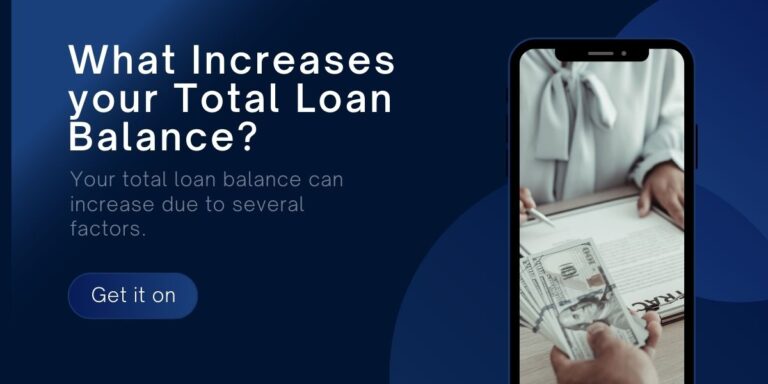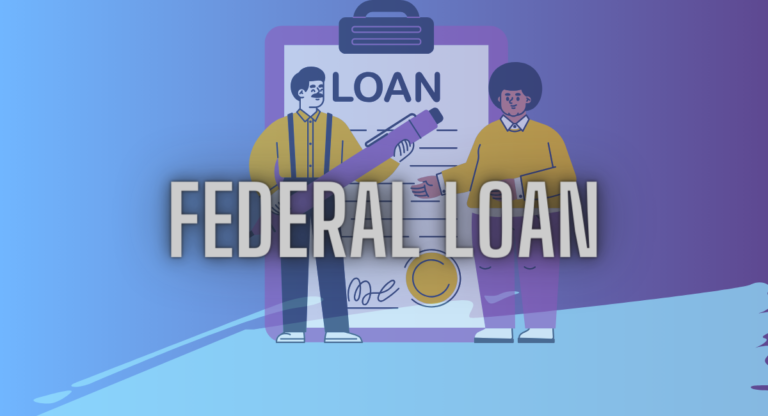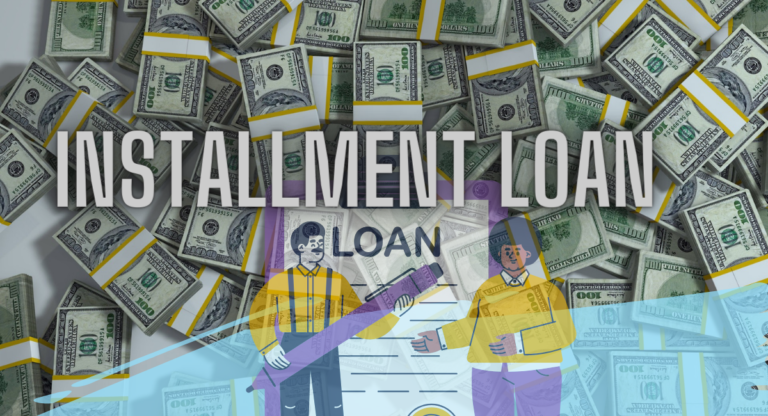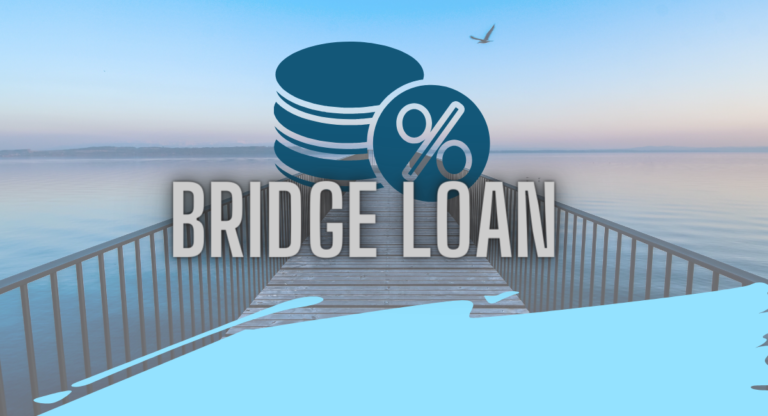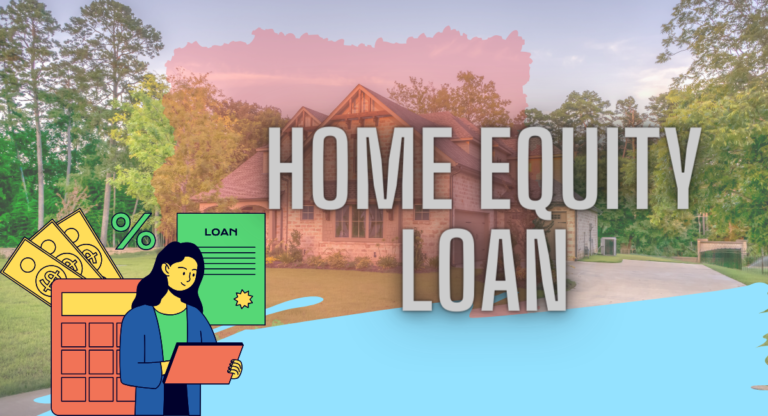Peer to peer lending (P2P) , also known as peer-to-peer borrowing or crowdlending, is a form of lending that connects individual borrowers directly with individual lenders, cutting out traditional financial institutions like banks.
In a peer-to-peer lending platform, an online marketplace acts as an intermediary, facilitating the lending process.
How Does Peer to Peer Works?
Peer-to-peer lending works by connecting individuals who want to borrow money with those who are willing to lend it, all through an online platform.
If you’re looking for a loan, you start by applying on a peer-to-peer lending website. The platform assesses your creditworthiness by checking your credit score and other financial information.
Once approved, your loan request is listed on the platform, outlining the amount you need and the purpose of the loan.
On the other side, individual investors review these loan listings and choose which ones they want to fund. They can contribute small amounts to various loans, spreading their risk.
Once your loan is fully funded by multiple investors, you receive the money. You then repay the loan in monthly installments, and those payments go back to the investors who funded your loan, along with interest.
This direct connection between borrowers and lenders, facilitated by an online marketplace, eliminates the need for traditional financial institutions and can offer more competitive interest rates for borrowers and attractive returns for investors.

What Increases your Total Loan Balance?
What is a subsidized loan? Is it Better?
What is an FHA Loan? How does it work?
Peer to peer Benefits
Peer-to-peer lending is good for both people who need money (borrowers) and people who have money to lend (investors).
For those who need money, these platforms usually have low interest rates, making loans cheaper. They’re also good for people who might have trouble getting a loan from a bank.
The process is quick, and borrowers can use the money for different things like paying off debts, education, or starting a small business.
On the other side, people with money can invest in these loans. It helps them spread their money around so that if one loan doesn’t get paid back, it doesn’t hurt too much.
These investors can make more money compared to putting their money in a regular savings account. They can see all the details about the loans and the people they are lending to.
Even though it’s a good option, everyone should be careful about the risks involved and understand the rules of the platform they choose to use.
frequently asked questions
What is peer-to-peer lending?
Peer-to-peer lending, or P2P lending, is a way for individuals to borrow and lend money directly to each other through online platforms, without involving traditional financial institutions like banks.
What types of loans are available on P2P platforms?
P2P lending platforms offer various types of loans, including personal loans, business loans, and educational loans. Borrowers can use the funds for purposes such as debt consolidation, home improvement, education, or starting a small business.
How do P2P platforms make money?
P2P platforms typically charge fees to borrowers and/or lenders for their services. These fees contribute to the platform’s revenue.
Can I get a P2P loan with bad credit?
It might be more challenging, as P2P platforms often consider creditworthiness. However, some platforms may have options for borrowers with less-than-perfect credit.
